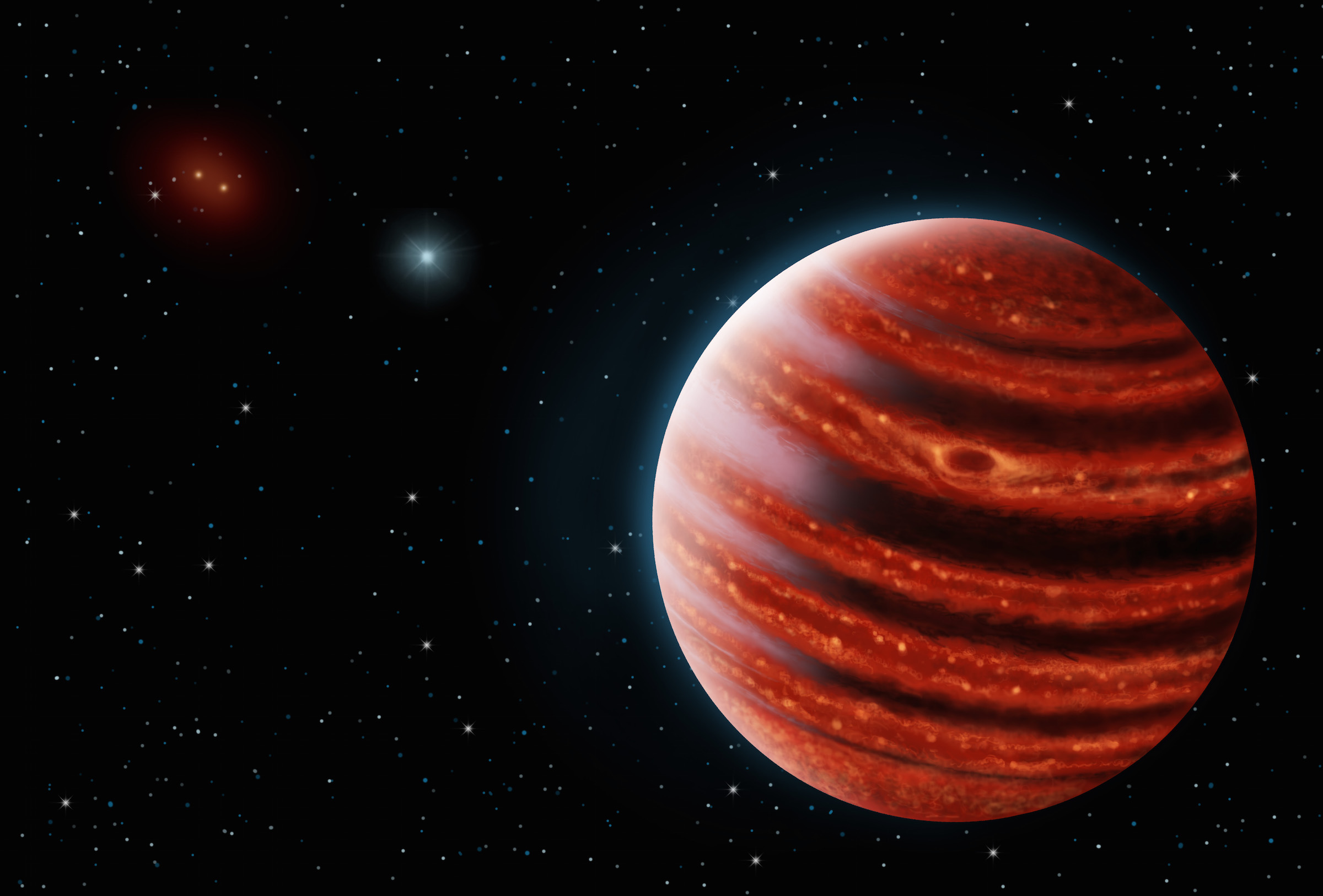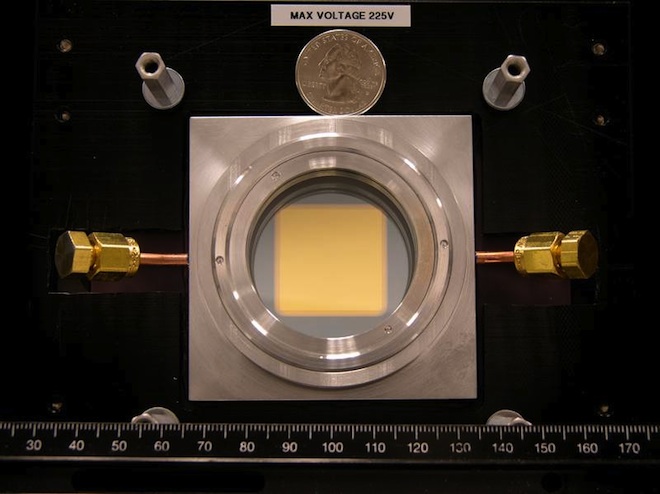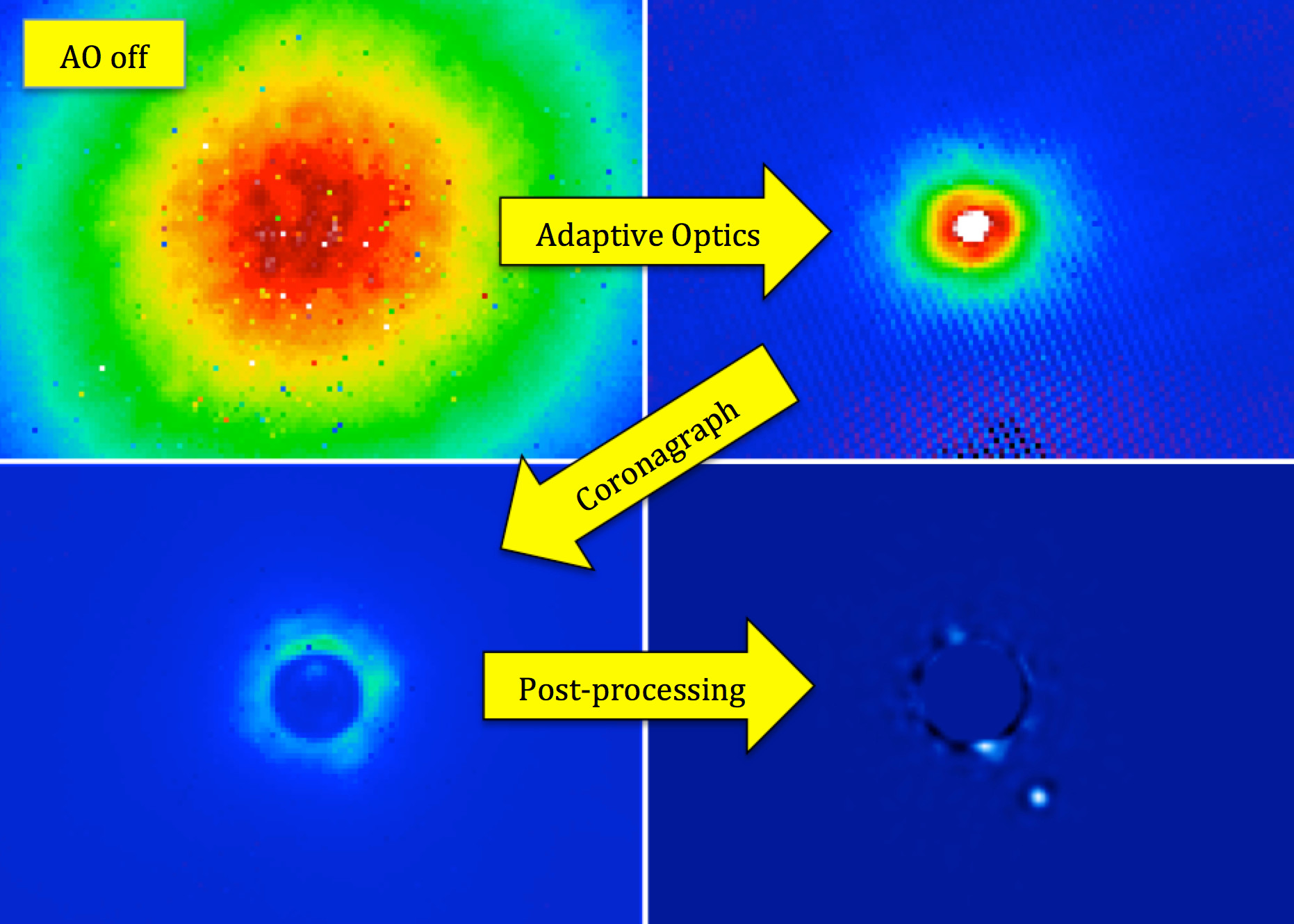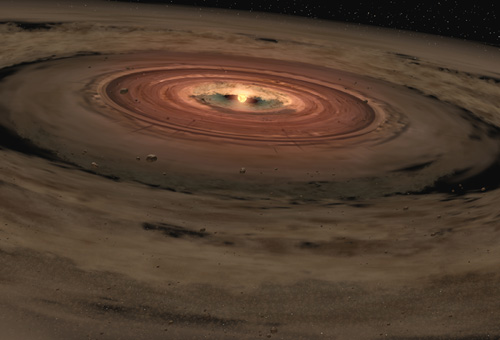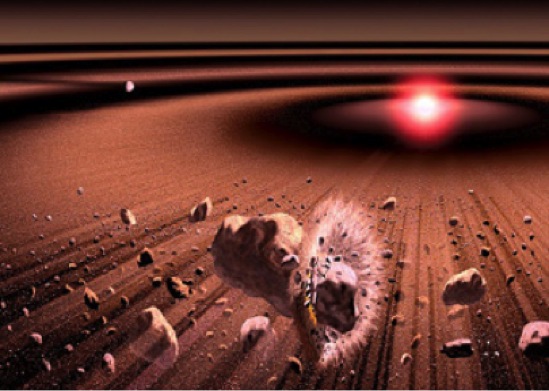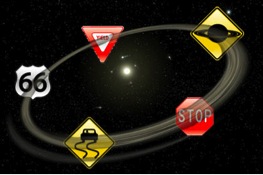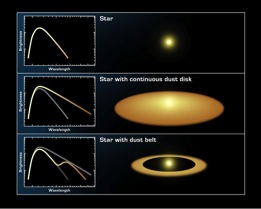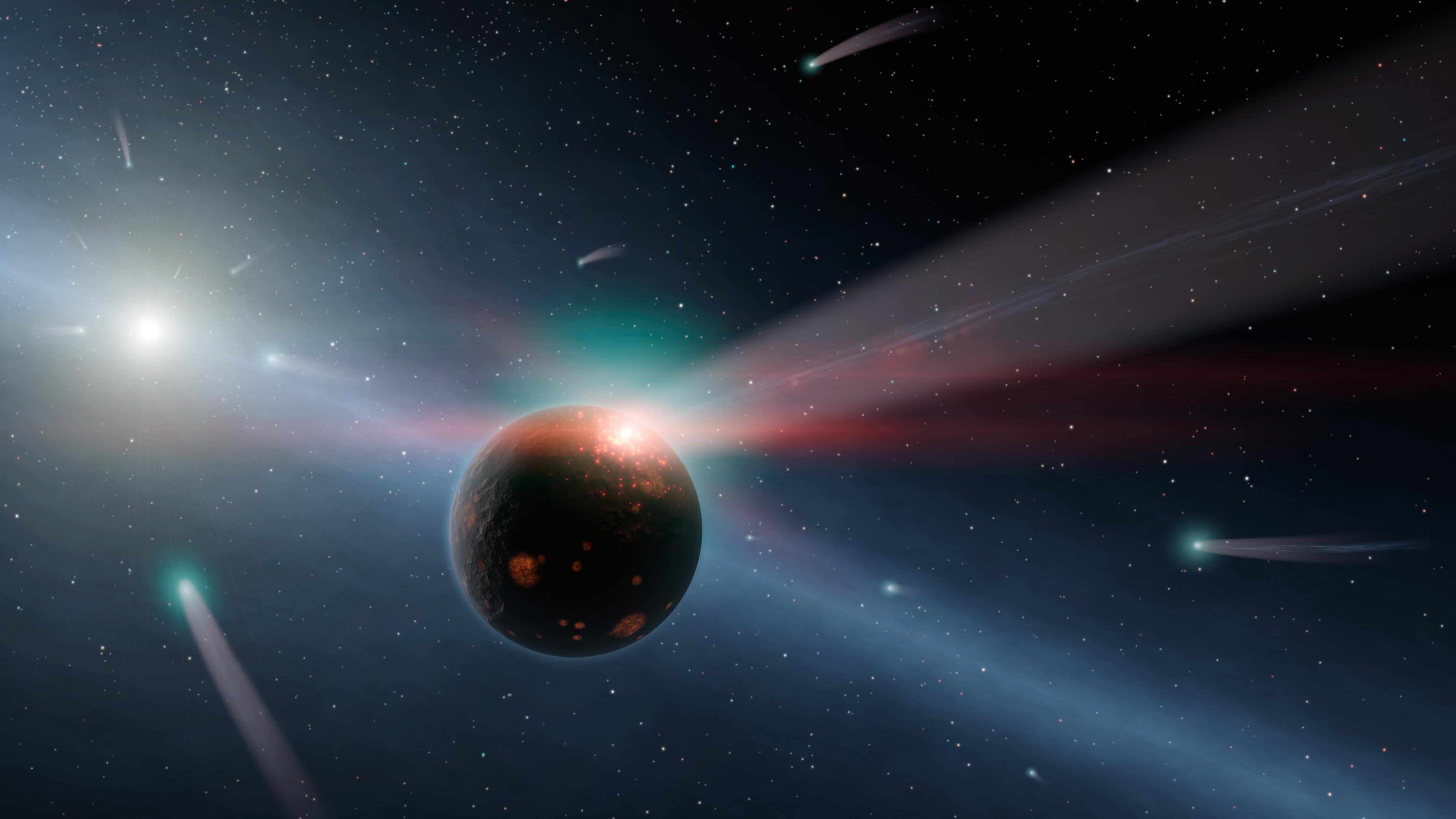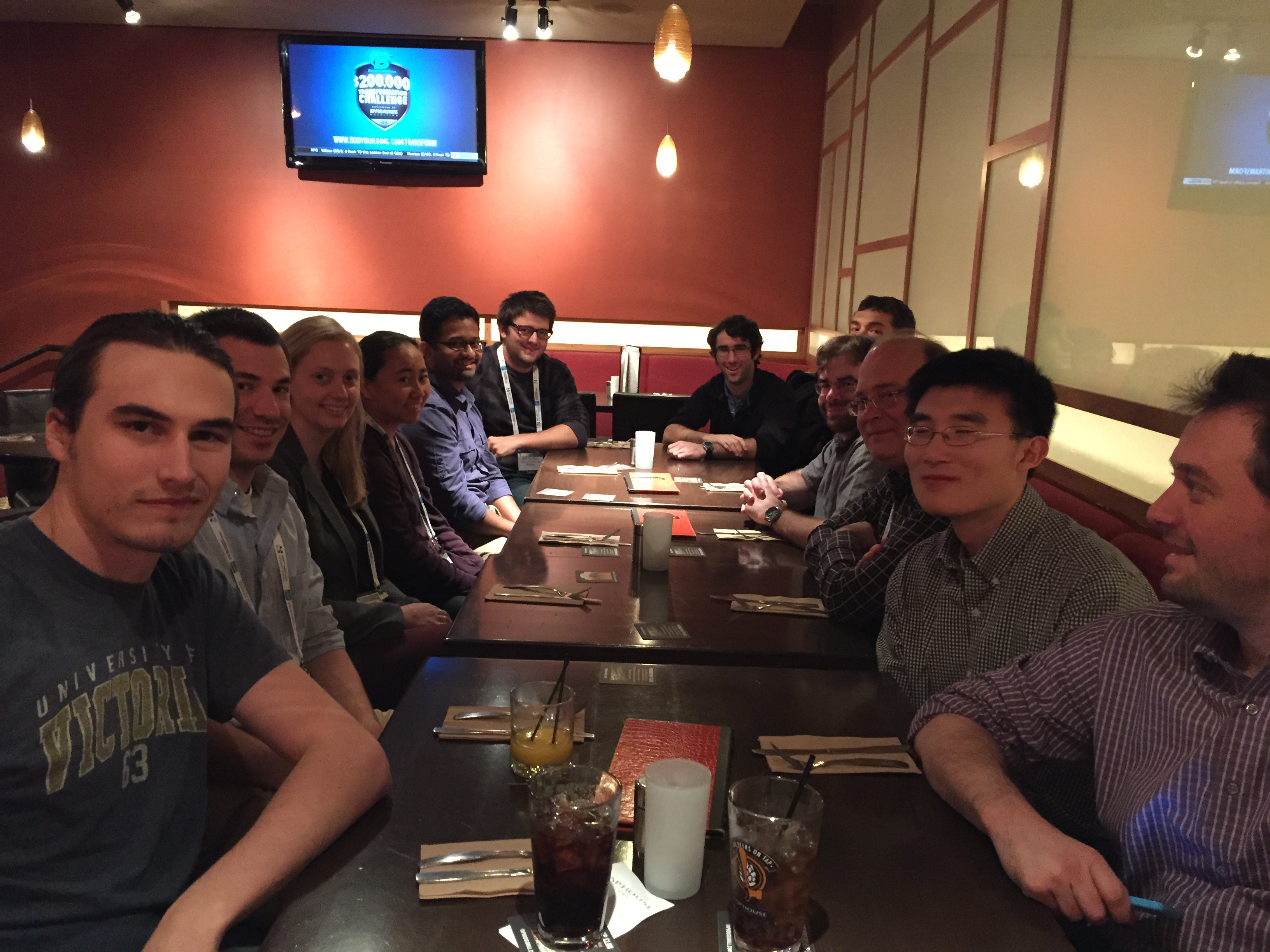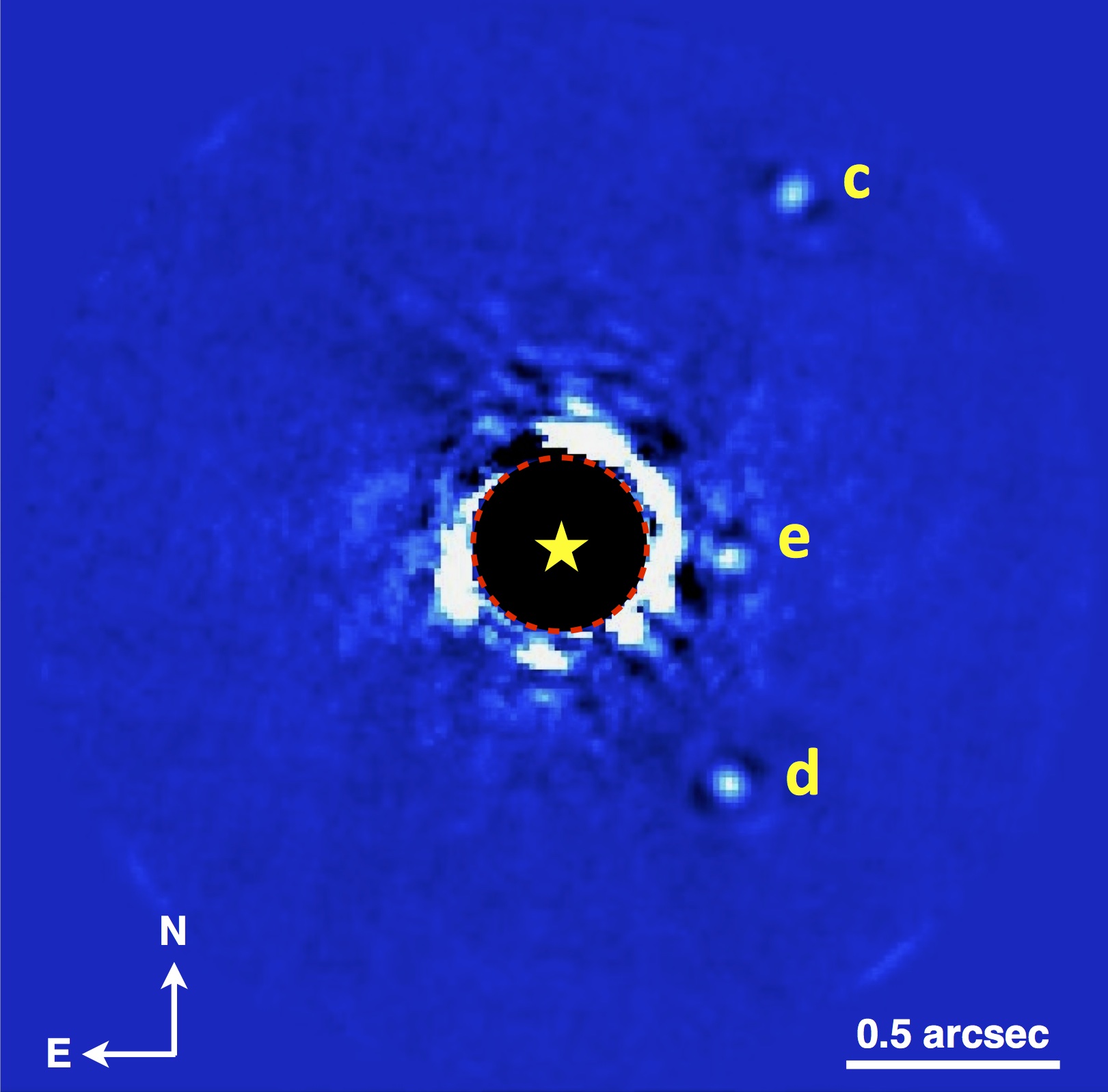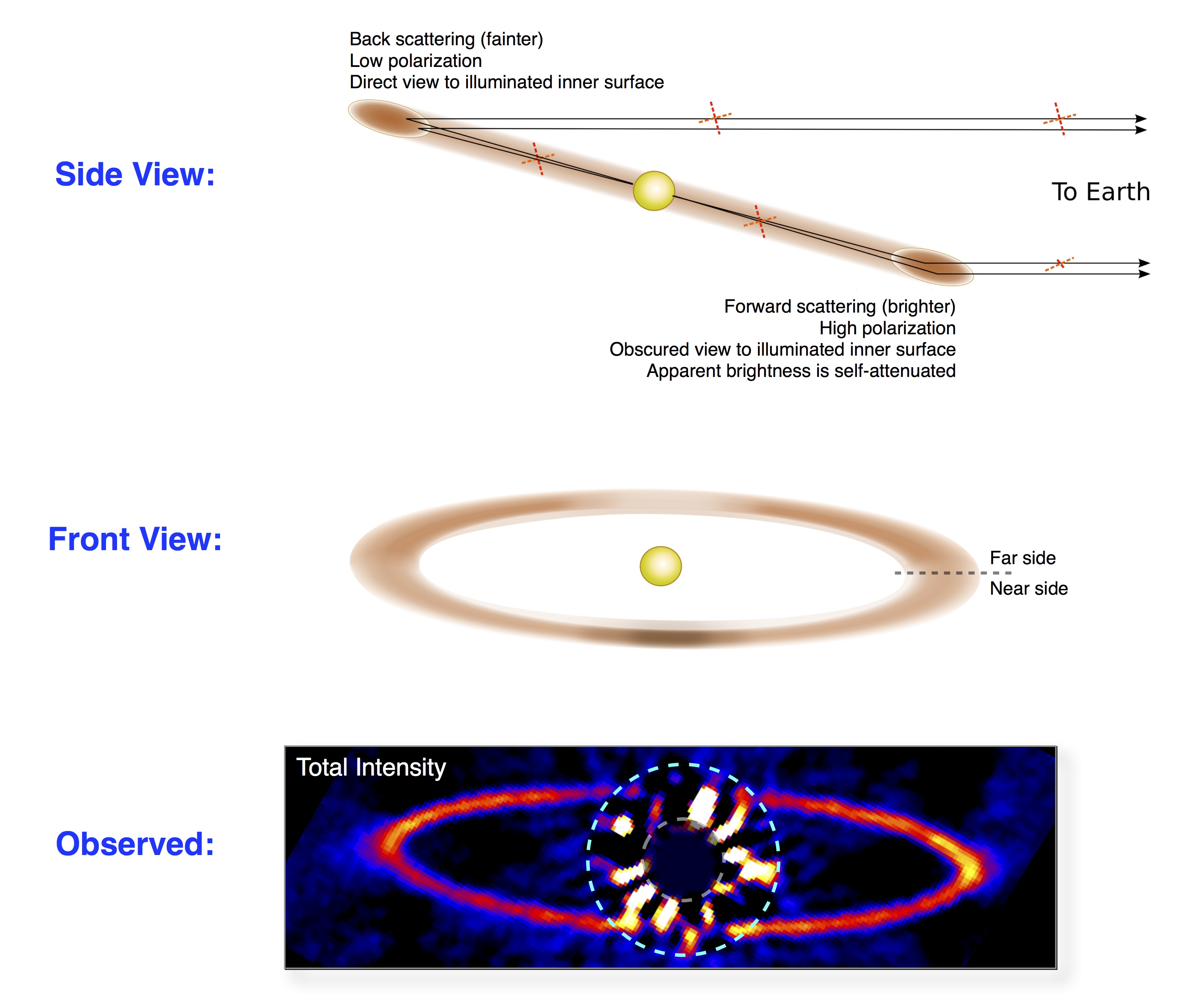GPI is here at the SPIE Astronomical Telescopes and Instrumentation conference in Edinburgh, Scotland to talk exoplanets and engineering with our colleagues around the world. We have had talks and posters by GPIES team members on topics from AO and instruments to computing and pipelines. This week has also been a great opportunity to meet face-to-face and discuss some of the finer points of GPI technical challenges and plans going forward. Here are some pictures from the week:
Bruce gave a great talk on the GPI instrument and GPIES campaign in the instruments session:
Vanessa gave a great talk about GPI’s AO performance in the AO session:
In her talk, I was especially struck by how well the GPI team has continued to monitor and improve the performance of the instrument, throughout the GPIES campaign.
Franck’s poster was about the GPIES project from a systems level:
Marshall’s poster was about the GPIES pipeline and calibration, critical for extracting accurate exoplanet info from the raw data:
Ben’s poster was about an improved algorithm for finding exoplanets particularly close to the star:
There were a few more GPIES posters, and I will update the post if I get pictures of more of them soon.
We also took the opportunity to gather 17 of the attending GPIES members for a delicious Indian dinner:
Unfortunately Patrick and Lyra were not able to attend the dinner, and Stephen was only able to stop by to say hi.
After a conference like this, I always leave full of new ideas and a renewed energy for my work. Thanks GPI and SPIE for a great SPIE!
Source: blog










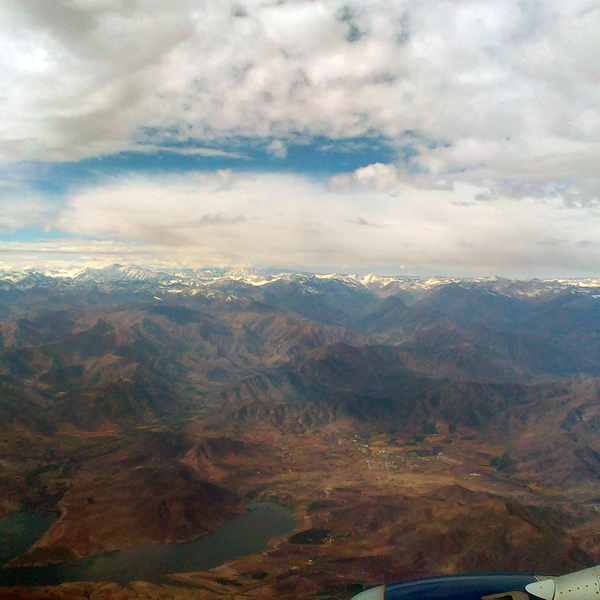













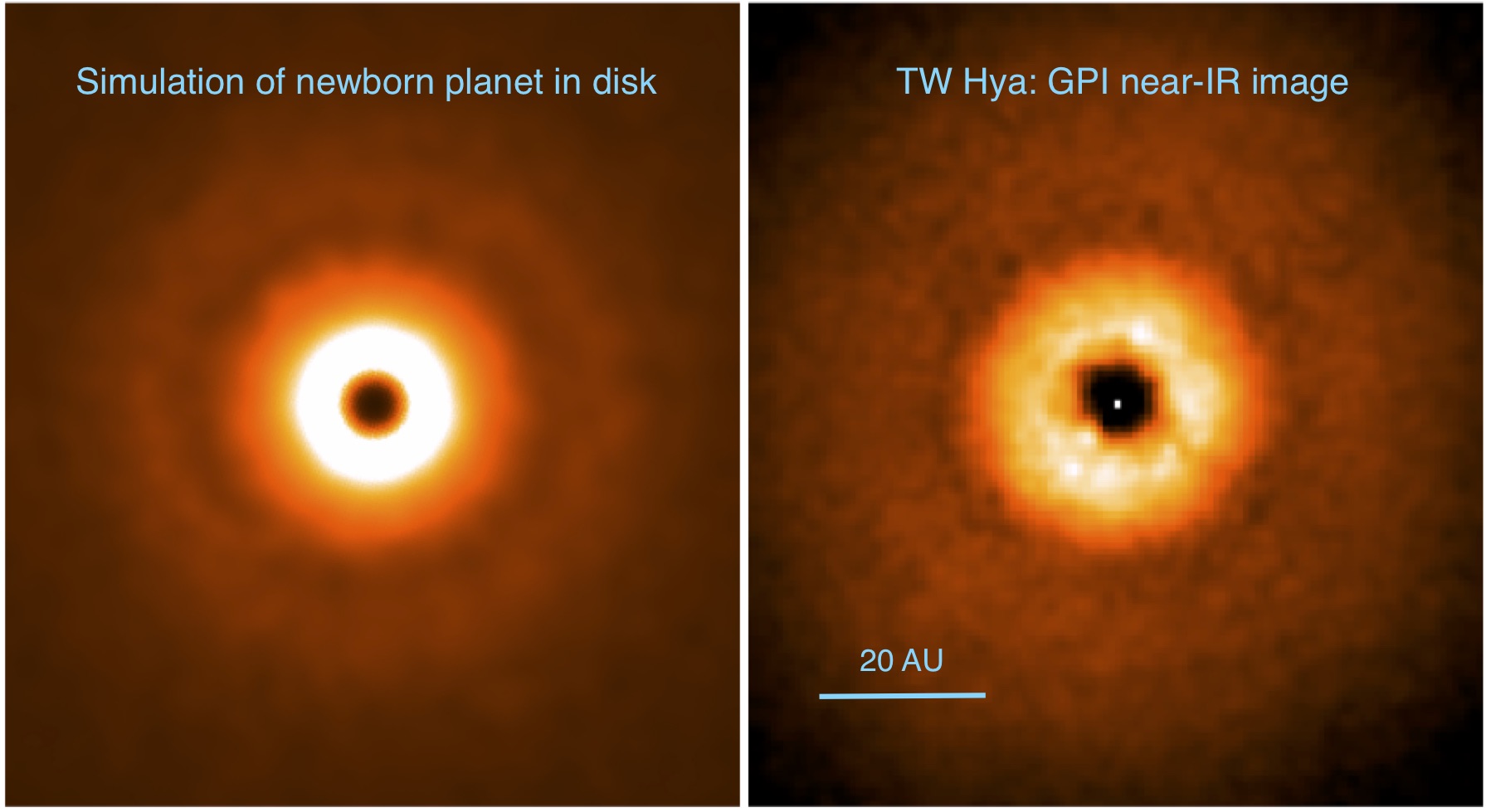







![[left] Jupiter as it appears to our eyes, in reflected sunlight. [right] Jupiter as it appears at a wavelength of 5 microns. These long wavelengths are far beyond visible light, in the thermal infrared.](http://cosmicdiary.org/geminiplanetimager/files/2015/09/jupiter_visNIR.jpg)
